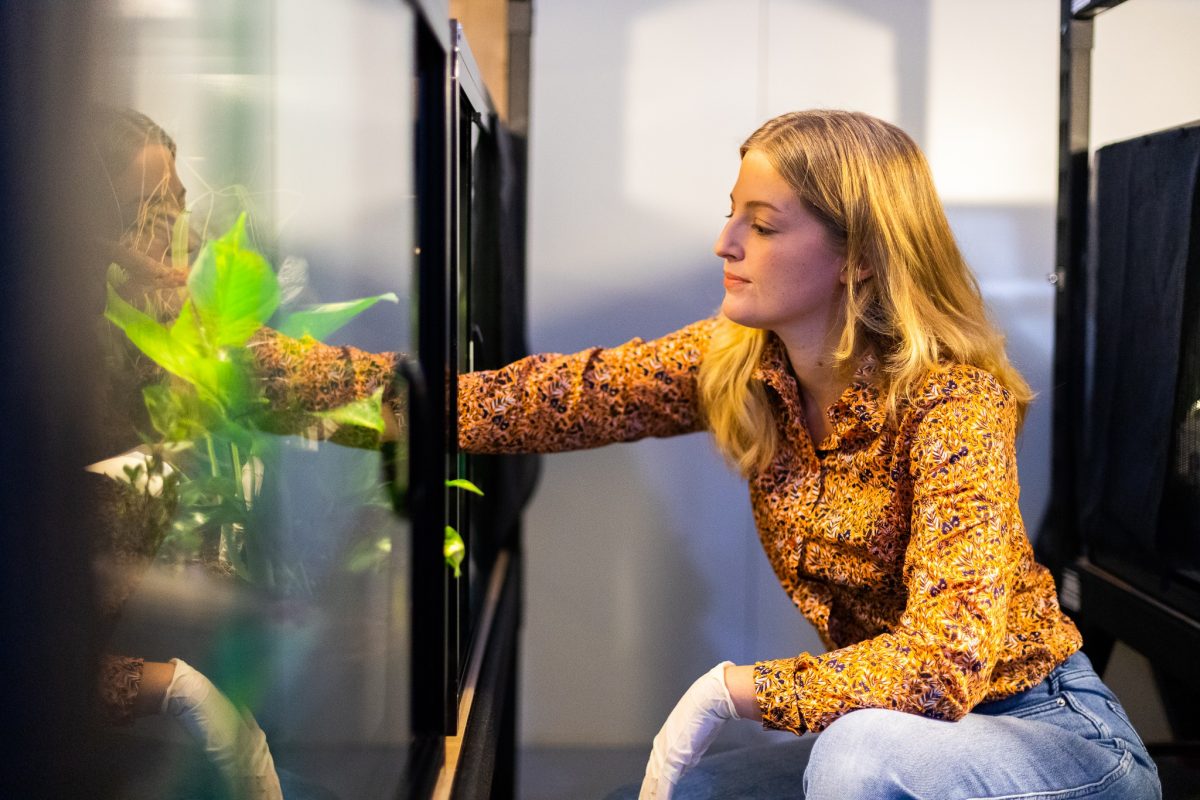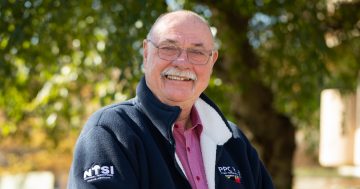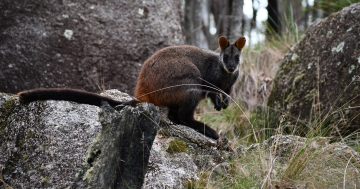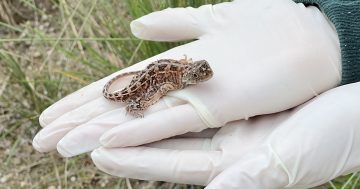
There is hope for the endangered Smoky Mouse in the ACT, thanks to the University of Canberra’s successful breeding program. Photo: University of Canberra.
The quivering noses of shy Smoky Mice sitting in custom-built nesting boxes tell the story of a successful captive breeding program at the University of Canberra and is a major step forward in a collaborative translocation program to help save the species from extinction.
Named for their soft grey fur, Smoky Mice (Pseudomys fumeus) are native to south-eastern Australia and with numbers declining in the wild, are an endangered species and considered extinct in some areas.
“Their numbers are dwindling because of predation by cats and foxes, changes in fire patterns, landscape modification and habitat destruction,” said Kristen Abicair, University of Canberra PhD student and head of the smoky mouse breeding program.
Ms Abicair is working with the NSW Government’s Saving Our Species Program, the ACT Government, the private sector and Zoos Victoria to save the species from extinction across the country.
With an undergraduate degree and Honours in Biology, and a life spent working and volunteering with animals, you couldn’t find a program lead more dedicated to her charges.
“The mice are seasonal breeders, producing offspring from spring to autumn each year,” Ms Abicair said.
“In our first breeding season, we had the highest birth rates reported for the species in captivity, with an average of 4.5 pups per breeding female for the season.”
Mice from the colony will be released into one of Tidbinbilla Nature Reserve’s predator-proofed sanctuaries over the coming months to give them the best chance of survival.
The older the mice get, the more accustomed they become to life in captivity so the offspring of one breeding season should be released by the next.
“I wanted them to be mature before release, no younger than six months,” Ms Abicair said.

PhD student Kristen Abicair heads up UC’s smoky mouse breeding program. Photo: University of Canberra.
Under the research-focused initiative, Ms Abicair works to maximise breeding success in captivity by replicating living conditions in the wild.
“We created a naturalistic set-up that caters to their foraging, burrowing and nesting behaviours, and their shy, sometimes territorial nature,” she said.
“Smoky Mice prefer to nest in burrows and nest boxes, away from sunlight and peering eyes.”
The climate in the nesting set-up is meticulously controlled, according to natural seasonal breeding cues. The mice have access to the same sort of insulating materials they would find in the wild, as well as tissues and shredded paper, to line their burrows.
“It’s important to offer options so they can self-regulate,” Ms Abicair said. “Their choices seem very personal – some of them like to use nest boxes, others build elaborate, fully encapsulating nests.”
The Smoky Mice at the university are monitored 24/7 via innovative infra-red ‘nest-cams’ revealing fascinating behaviours.
“Some of them co-parented, with mum and dad constructing nests, grooming and watching the pups,” she said.
“Plenty of space, privacy and multiple nest areas are key. Sometimes mum needs alone time, and with a new litter, she may kick the male out of her nest for a day or so before they re-join as a family unit.”
The other secret to breeding success is to minimise stress, so low light and noise levels are ensured. The nest cams also help here, allowing welfare checks with minimal disturbance.
The University of Canberra Smoky Mouse breeding program has important implications for captive breeding and wild release programs across the board.
“By maximising breeding success and learning more about the species, we can develop strategies to sustainably support wild translocation into protected areas, as the species becomes increasingly difficult to detect in the wild,” Ms Abicair said.
She is also investigating the genetic and dietary aspects of the species to inform conservation planning.
















